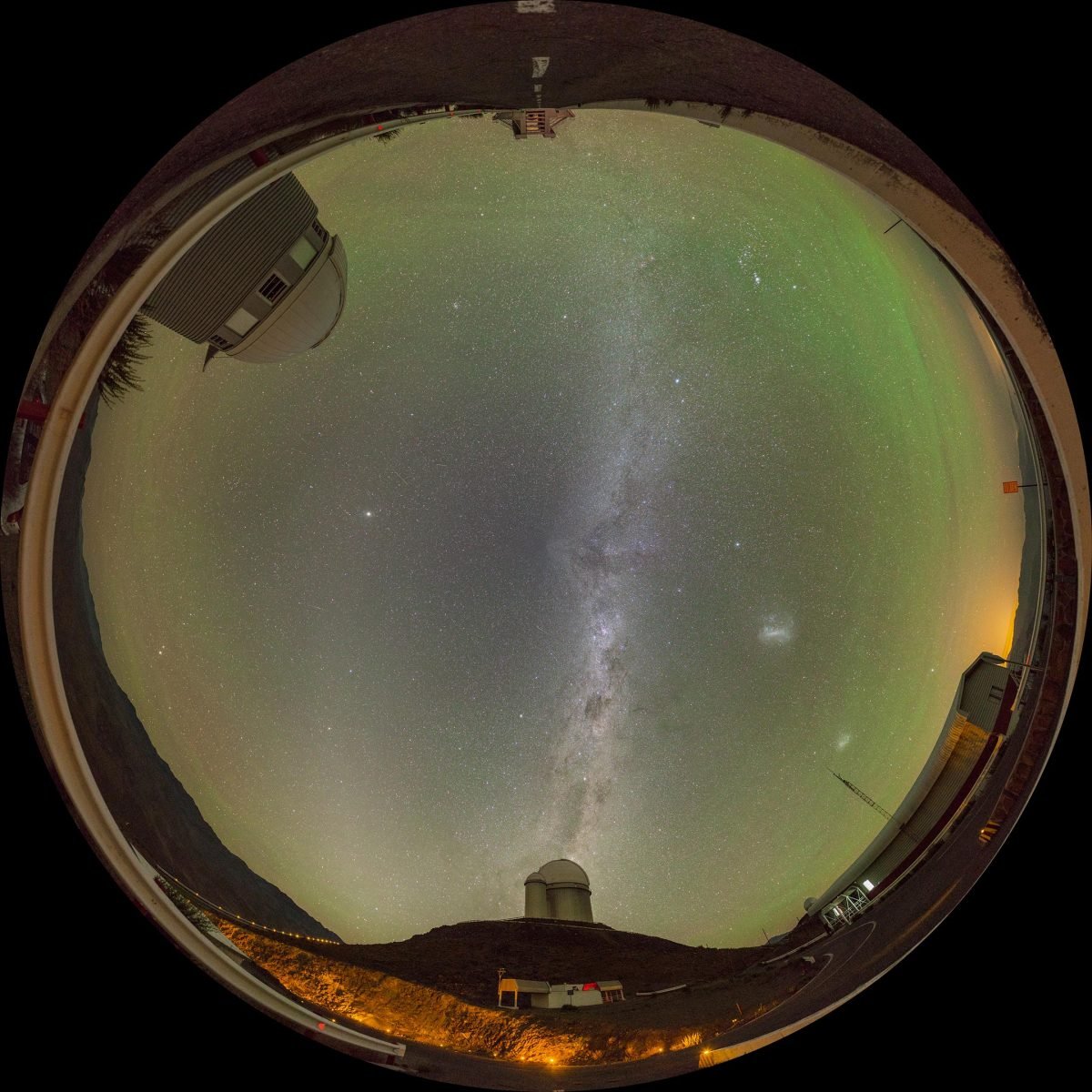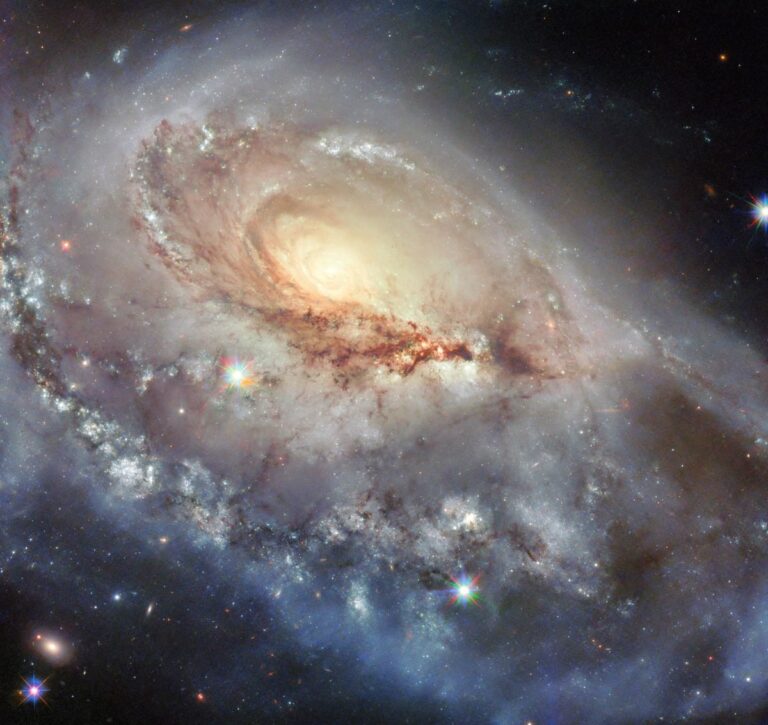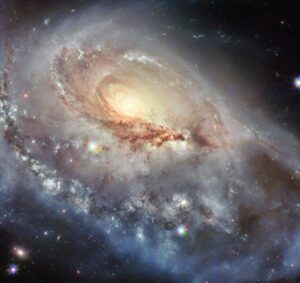Introduction
If you’ve ever seen images of a green sky, your first thought might be: “That’s an aurora.” But when this vibrant green glow appeared over Chile’s Atacama Desert – one of the driest places on Earth – scientists were quick to clarify: this wasn’t an aurora. So what causes the sky to glow green in a place where auroras are virtually impossible? The answer lies in a rare natural phenomenon that’s both beautiful and scientifically significant. Let’s dive into the mystery of the green glow over Chile’s desert skies.
Why the Atacama Desert?
The Atacama Desert in northern Chile is one of the best places on Earth for stargazing. Thanks to its high elevation, clear skies, and extremely low humidity, it hosts some of the world’s most powerful observatories. This unique environment has made the region a hotspot for astronomical discoveries—and now, for an atmospheric marvel.
Recently, astrophotographers and scientists working in the Atacama captured stunning images of a glowing green band stretching across the night sky. This triggered a wave of interest, with many mistaking it for the aurora borealis, commonly seen near the poles. But Chile is far from any magnetic pole, and auroras don’t form this close to the equator.
What Is This Green Glow?
The green light over Chile is the result of a phenomenon called airglow—specifically oxygen airglow.
Airglow is a faint emission of light by the Earth’s atmosphere, caused by various chemical reactions. Unlike auroras, which are driven by charged particles from the sun interacting with Earth’s magnetic field, airglow occurs all over the planet and is constantly present, though usually too faint for the naked eye.
In the case of the green sky over Chile, the glow is due to excited oxygen atoms in the upper atmosphere (around 90–100 km altitude) releasing energy as green light. This process is called photodissociation—when UV radiation from the sun breaks up oxygen molecules during the day. At night, these atoms recombine and release energy, producing the green airglow.
Key Differences Between Auroras and Airglow
Understanding this difference is crucial, especially for photographers and scientists working in lower latitudes who might mistakenly label airglow as aurora.
Why Is This Important?
Scientific Insights: Studying airglow helps scientists better understand the composition, dynamics, and chemistry of Earth’s upper atmosphere. It also assists in monitoring space weather and satellite communication disruptions.
Stargazing and Astrophotography: For night sky photographers, airglow can both enhance and interfere with deep-sky images. Knowing when and how it appears helps in capturing better night shots.
Global Curiosity: Events like the green sky over Chile stir public interest in science and astronomy. They also highlight the interconnected nature of Earth’s systems—even in the seemingly still desert sky.
When and Where to See This Green Glow
While airglow is always present, it’s best seen under very specific conditions:
Dark skies away from light pollution
No moonlight
High altitude locations (like Chile’s Atacama Desert)
Clear weather
Astrophotographers often use long exposure settings to capture airglow in brilliant colors, including green, red, and occasionally blue.
Final Thoughts
The green sky glowing over Chile’s Atacama Desert is a spectacular reminder of Earth’s atmospheric wonders. It’s not an aurora—but something equally fascinating: airglow, the planet’s subtle and silent night light. As more people turn their eyes to the stars, understanding the science behind these phenomena enhances not only our appreciation of nature’s beauty but also our knowledge of the skies that blanket our world.
Why the Sky Glows Green Over Chile’s Desert – And It’s Not an Aurora

















+ There are no comments
Add yours